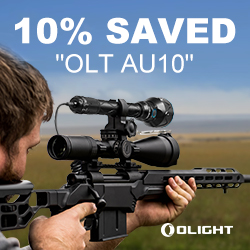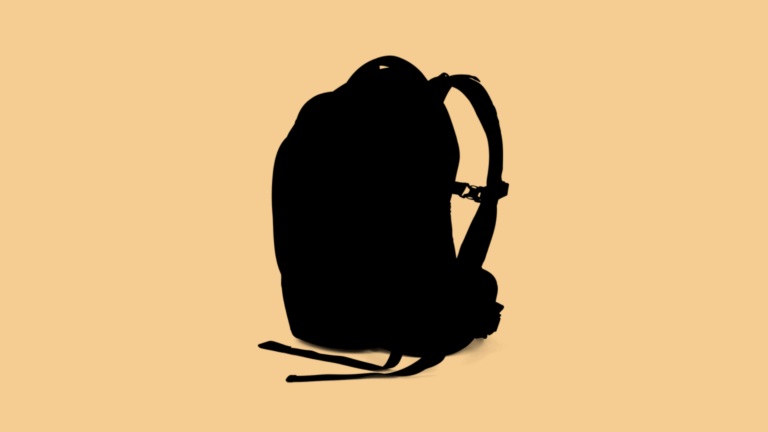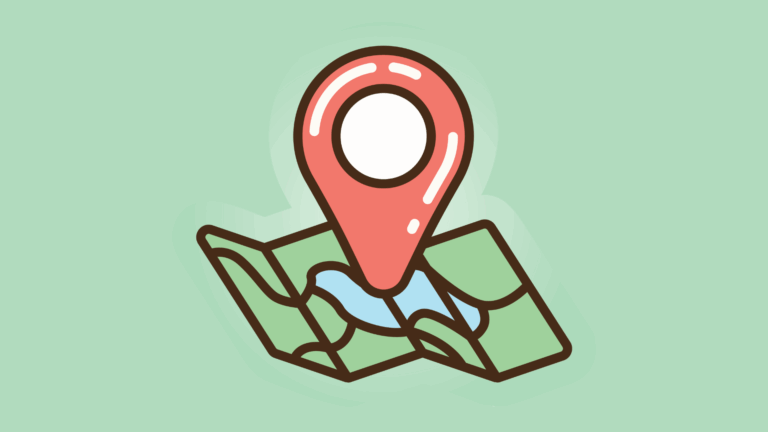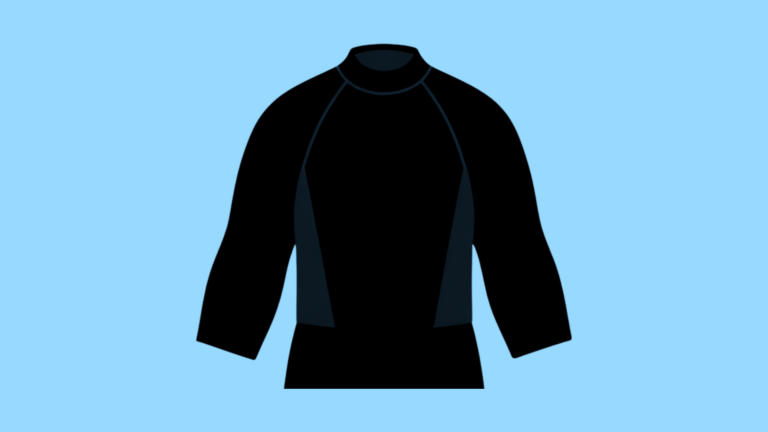The SLLS acronym stands for Stop, Look, Listen, and Smell. Its origins trace back to Special Forces, who used it to enhance situational awareness and adapt to unfamiliar environments. Many hunters have since adopted the concept with great success. The key to its effectiveness is that it forces you to slow down and analyse your surroundings before making a decision or moving further. By doing so, you’re far less likely to bump a deer or other game while moving through the scrub.
The SLLS process works like this:
-
Stop – Freeze in place and give the bush time to settle. Wildlife will often pause to reassess after a disturbance. By stopping, your aim is to lull them into a false sense of security.
-
Look – Scan slowly in all directions, using binoculars if you have them. Focus on movement, sound, colour contrast, and unnatural shapes. Most hunters agree that when searching for deer, you rarely see a perfect silhouette in the open. Instead, you’re more likely to notice a single detail – a tine of antler above thistles, the flick of a tail, or the rounded rump of a deer feeding on low-lying vegetation.
-
Listen – Stay silent and tune in to the sounds around you. Have your movements startled a flock of birds? Do you hear the heavy thud of a kangaroo bounding away, or the slow, deliberate steps of an animal crunching dry leaves and twigs? Each sound offers clues to your next move.
-
Smell – The wind can carry scents of game, smoke, or other hunters. Use it to locate prey or avoid trouble. For example, goats often give off a sharp, urine-like smell, while deer can smell like a musty wet dog after rain.
How you use SLLS is up to you, but it’s worth applying whenever you move into a new position or after making significant noise.









